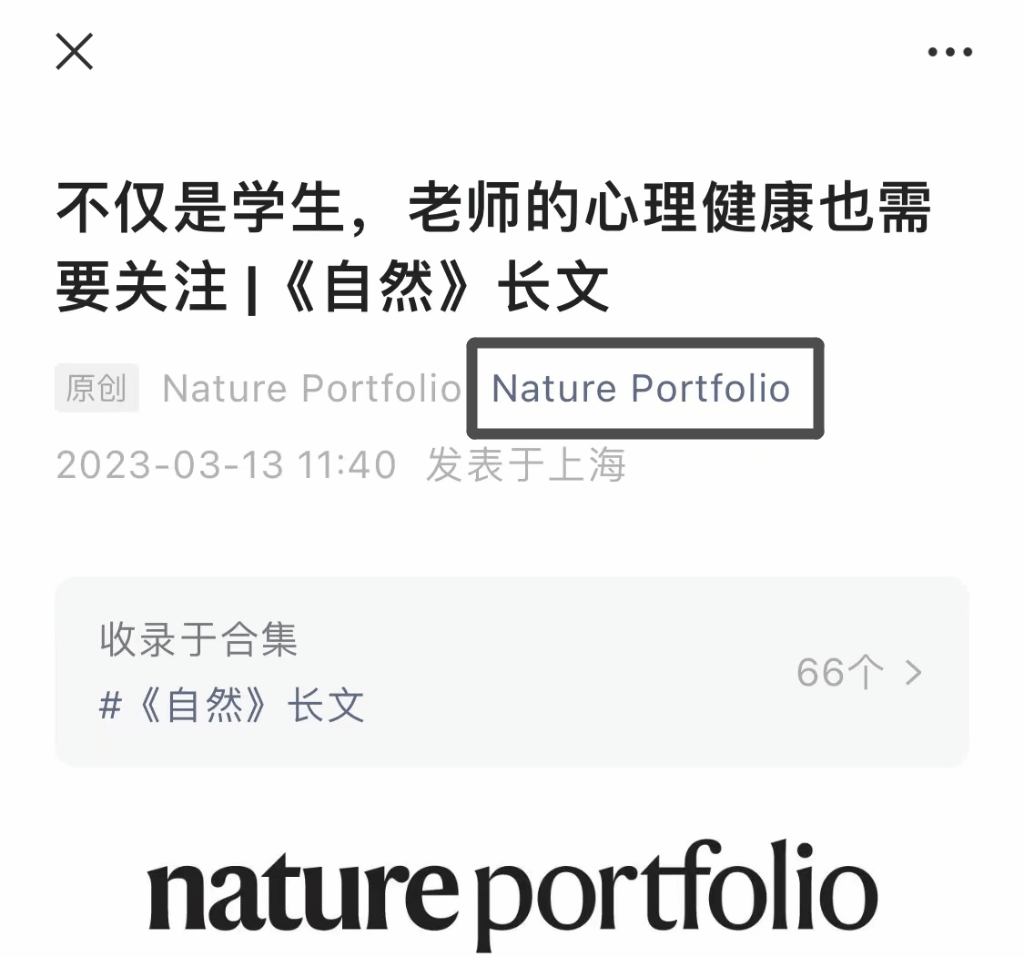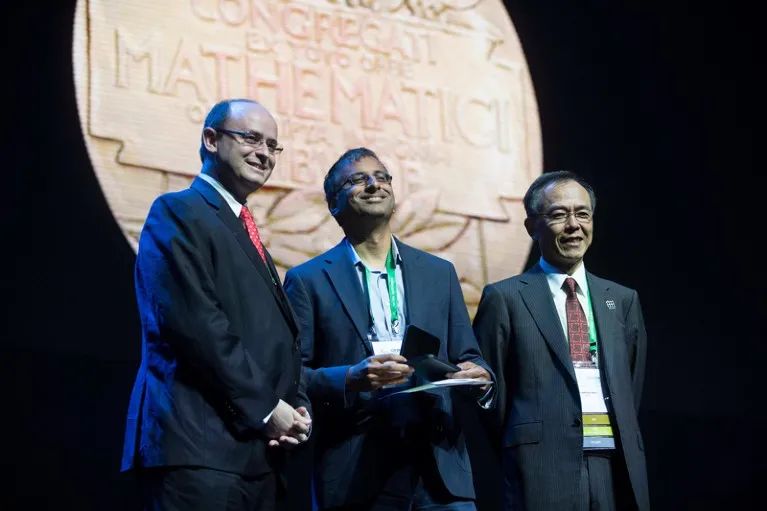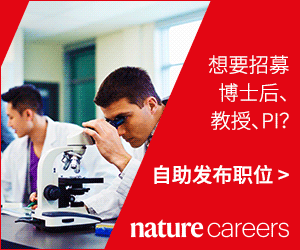
Important Note
Dear readers, WeChat has been updated again! If you haven’t starred our account or don’t often read our articles, our articles will not be prominently displayed in your “Subscription Messages,” and may not even be pushed, making it too easy to miss them. ಥ_ಥ
Please star Nature Portfolio, so you won’t miss our updates!

Original Author: Davide Castelvecchi
Machine learning tools are already helping mathematicians propose new theories and solve problems, but the disruption these tools bring to the field goes far beyond that.
As the enthusiasm for chatbots reaches unprecedented heights, mathematicians are also exploring how artificial intelligence (AI) can assist their work. Researchers state that whether it’s verifying human-written proofs or proposing solutions to different problems, automation is changing mathematics—and not just in the computational realm.
Andrew Granville, a number theorist at the University of Montreal, said, “We are talking about a very specific question here: Will machines change mathematics?” A recent seminar at UCLA explored this question, hoping to bridge the gap between mathematicians and computer scientists. “Most mathematicians completely do not see the opportunities.” said Marijn Heule, a computer scientist at Carnegie Mellon University and one of the event’s organizers.

Researchers can use AI tools to solve complex mathematical problems. Source: Fadel Senna/AFP/Getty
The Fields Medal (Fields Medal) is the highest honor in mathematics. In October, Akshay Venkatesh, a Fields Medalist and a researcher at the Institute for Advanced Study in Princeton, opened a dialogue on how computers will change mathematics at a seminar held in his name. Two other Fields Medalists—Timothy Gowers from the Collège de France and Terence Tao from UCLA—also led discussions in this debate.
Kevin Buzzard, a mathematician at Imperial College, said, “The fact that we can attract Fields Medalists and world-class mathematicians to join us shows that this field is heating up in unprecedented ways.”
AI Methods
One topic of debate is which types of automation tools are more practical. AI mainly falls into two categories. One type is “symbolic AI,” which requires programmers to embed logical rules or computations into the code. “This is what people think of as ‘reliable and traditional AI’,” said Leonardo de Moura from Microsoft Research in Washington.
The other type of AI is based on artificial neural networks, which have achieved great success over the past decade. For this type of AI, computers need to start from scratch, learning patterns by digesting vast amounts of data. This approach is called machine learning, which underlies both “large language models” (including chatbots like ChatGPT) and systems capable of defeating human players in complex games or predicting protein folding. Symbolic AI is itself very rigorous, while neural networks can only make statistical guesses, and their operation is mysterious and unknown.

2018 Fields Medalist Akshay Venkatesh (center) discusses how computers will change mathematics. Source: Xinhua/Shutterstock
De Moura has made some early progress in mathematics with symbolic AI by building a system called Lean. This is an interactive software tool that requires researchers to write out each logical step for every problem, down to the most basic details, while ensuring that it is mathematically correct. Two years ago, a team of mathematicians successfully translated a crucial but difficult-to-understand proof—so complex that even its author was unsure—into the language used by Lean, ultimately confirming that the proof was correct.
The team stated that this process helped them understand the proof, and even helped them find ways to simplify it. “I think this is more exciting than verifying results,” de Moura said, “Even in exaggerated dreams, we wouldn’t dare to think this.”
In addition to making independent research easier, such “proof assistants” can also eliminate what de Moura calls the “trust bottleneck,” changing collaboration among mathematicians. “If we collaborate, I might not trust the part you did. But ‘proof assistants’ can show collaborators that they can completely trust the work you’re responsible for.”
Intelligent Auto-Completion
The other extreme is chatbot-style, large language models based on neural networks. At Google in Mountain View, former physicist Ethan Dyer and his team developed a chatbot called Minerva specifically for solving mathematical problems. Essentially, Minerva is a super-intelligent version of the auto-complete feature in messaging apps: by training on mathematical papers from the arXiv database, it has learned to write out detailed steps for solving problems in a way similar to how some apps predict words and sentences. Lean communicates in a way similar to computer code, but unlike Lean, Minerva can understand problems and provide answers in conversational English. De Moura said, “Being able to automate the solution of some of these problems is itself an achievement.”
Minerva not only demonstrates the capabilities of this approach but also exposes its potential limitations. For example, it can accurately factor integers into prime numbers—numbers that cannot be divided by smaller primes. However, if the numbers exceed a certain size, it will start to make mistakes, indicating that it has not yet “understood” the general method involved.
Of course, Minerva’s neural network seems to be able to grasp some universal techniques, not just statistical patterns, and the Google team is trying to understand how it does this. Dyer said, “Ultimately, we want a model that can brainstorm with you.” He said, this model could also be useful for non-mathematicians who need to extract information from specialized literature. By learning from textbooks and connecting with specialized mathematical software, Minerva’s skills could also be expanded.
Dyer stated that the motivation behind launching the Minerva project was to see how far machine learning methods could go; a powerful automation tool that assists mathematicians might combine symbolic AI techniques with neural networks.
Mathematics for Machines
In the long run, will AI programs always play a supporting role? Or can they also conduct independent mathematical research? The ability of AI to generate correct mathematical propositions and proofs may become stronger, but some researchers worry that the vast majority of these propositions or proofs will be uninteresting or incomprehensible. At a seminar last October, Gowers suggested that researchers might find ways to teach computers some objective standards of mathematical relevance, such as whether a small proposition can represent many special cases, or even connect various branches of mathematics. He said, “To take theorem proving to the next level, computers must learn to distinguish what is interesting and worth proving.” If computers can do this, the future status of humans in this field becomes uncertain.
Erika Abraham, a computer scientist at RWTH Aachen University, is more optimistic about the future of human mathematicians. “The intelligence of AI systems can only reach the level we program them to,” she said, “It’s not the computer that’s intelligent, but the person programming or training it.”
Melanie Mitchell, a computer scientist and cognitive scientist at the Santa Fe Institute, stated that mathematicians will not lose their jobs for now unless a major flaw in AI can be overcome—namely, they still cannot extract abstract concepts from concrete information. “AI systems may prove theorems, but you first need to propose the interesting abstract mathematical concepts behind those theorems, which is much harder than proving theorems.”
The original article was published under the title How will AI change mathematics? Rise of chatbots highlights discussion in the news section of Nature on February 17, 2023.
© nature
doi: 10.1038/d41586-023-00487-2
Click to read the original article in English
Recruitment
Positions Available
1. Tsinghua University Shenzhen International Graduate School
Recruitment Position: The Institute of Biomedical Engineering and Health Engineering is recruiting professors and associate professors in the fields of health engineering, pharmaceutical engineering, vaccine engineering, and cell engineering; Shenzhen
Apply by April 21, 2023 to see details →

*Click the QR code to enlarge and scan
2. Institute of Zoology, Chinese Academy of Sciences
Recruitment Position: High-level talents in zoology, entomology, ecology, systems biology, developmental biology, cell biology, evolutionary biology, genomics, and related interdisciplinary fields; Beijing
Apply by April 22, 2023 to see details →

*Click the QR code to enlarge and scan
3. Institute of Process Engineering, Chinese Academy of Sciences
Recruitment Position: The National Key Laboratory of Biochemical Engineering is recruiting high-level talents in biochemical engineering, biopharmaceuticals, and biomedicine; Beijing
Apply by April 22, 2023 to see details →

*Click the QR code to enlarge and scan
For more domestic and international research job opportunities, please visit: nature.com/naturecareers

Feel free to click the image to see how to recruit global research talents through the Nature Careers platform
Copyright Statement:
This article has been translated by the Springer Nature Shanghai office. The Chinese content is for reference only, and all content is subject to the original English version. Feel free to share it in your social circles, and if you need to reprint it, please email [email protected]. Unauthorized translations are infringing, and the copyright holder reserves the right to pursue legal responsibility.
© 2023 Springer Nature Limited. All Rights Reserved
Star us 🌟, and remember to like, read + share!